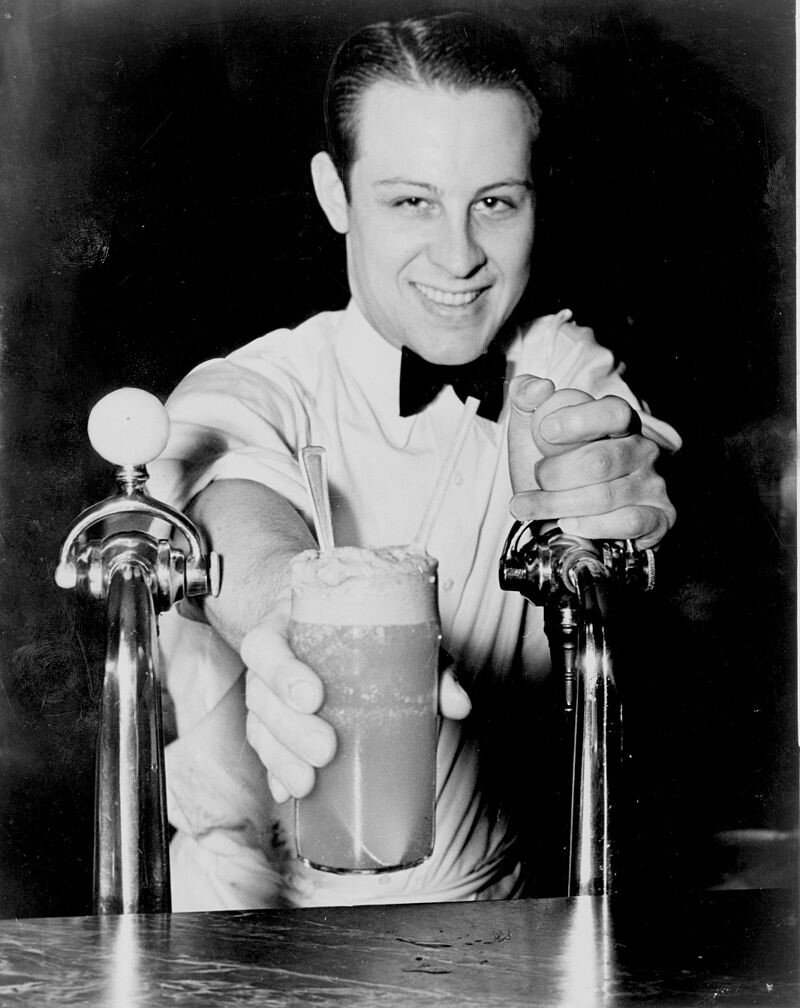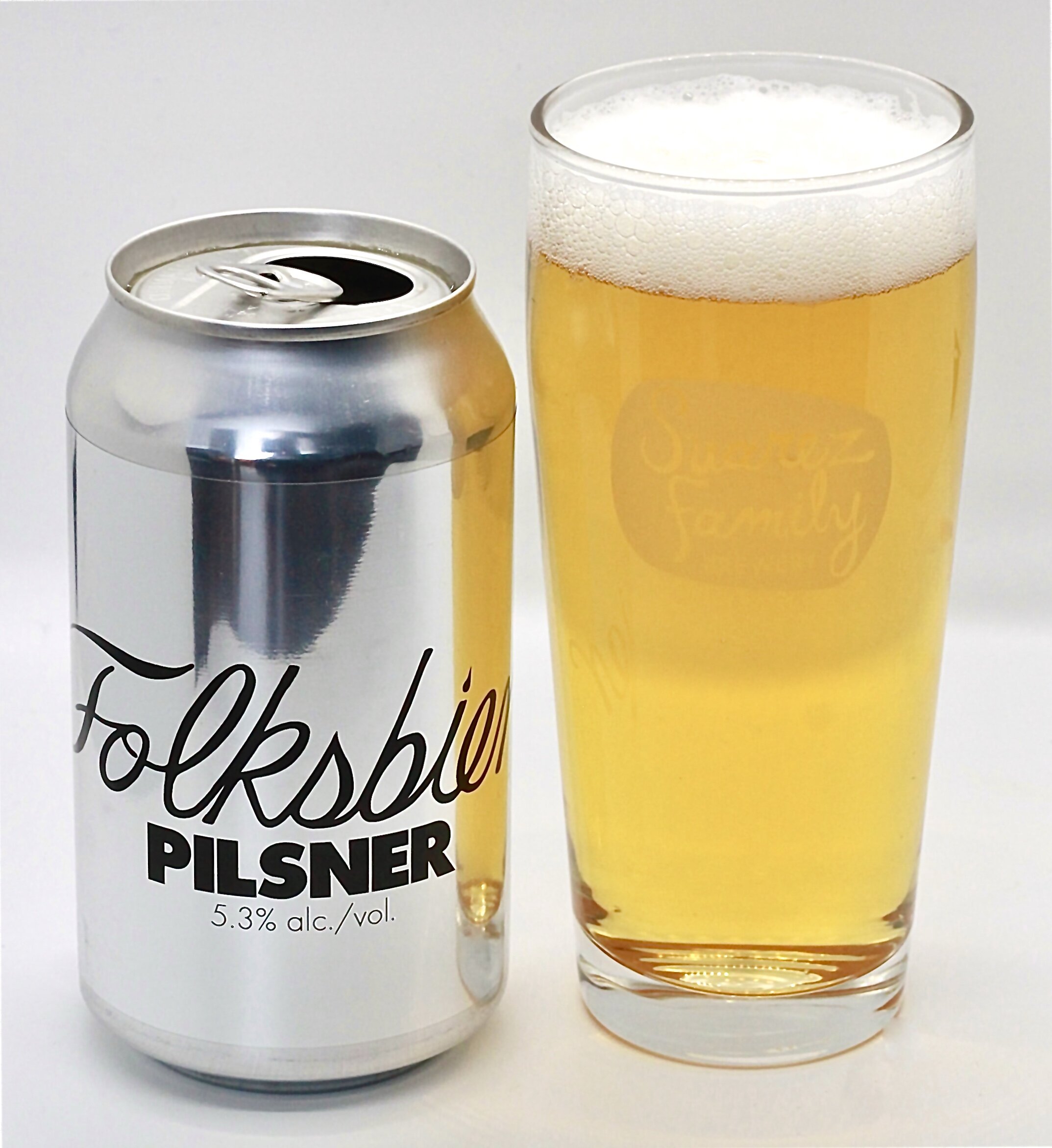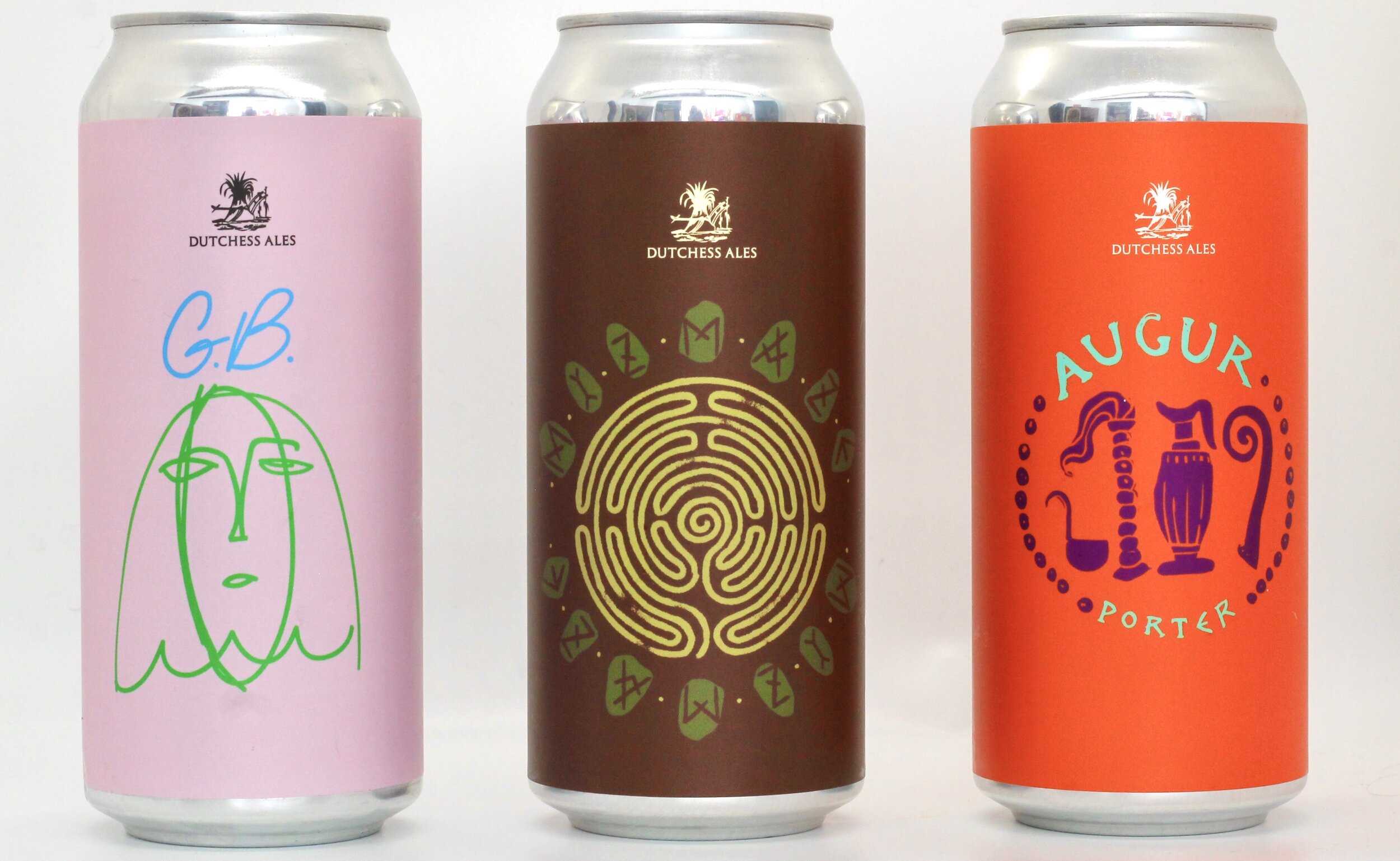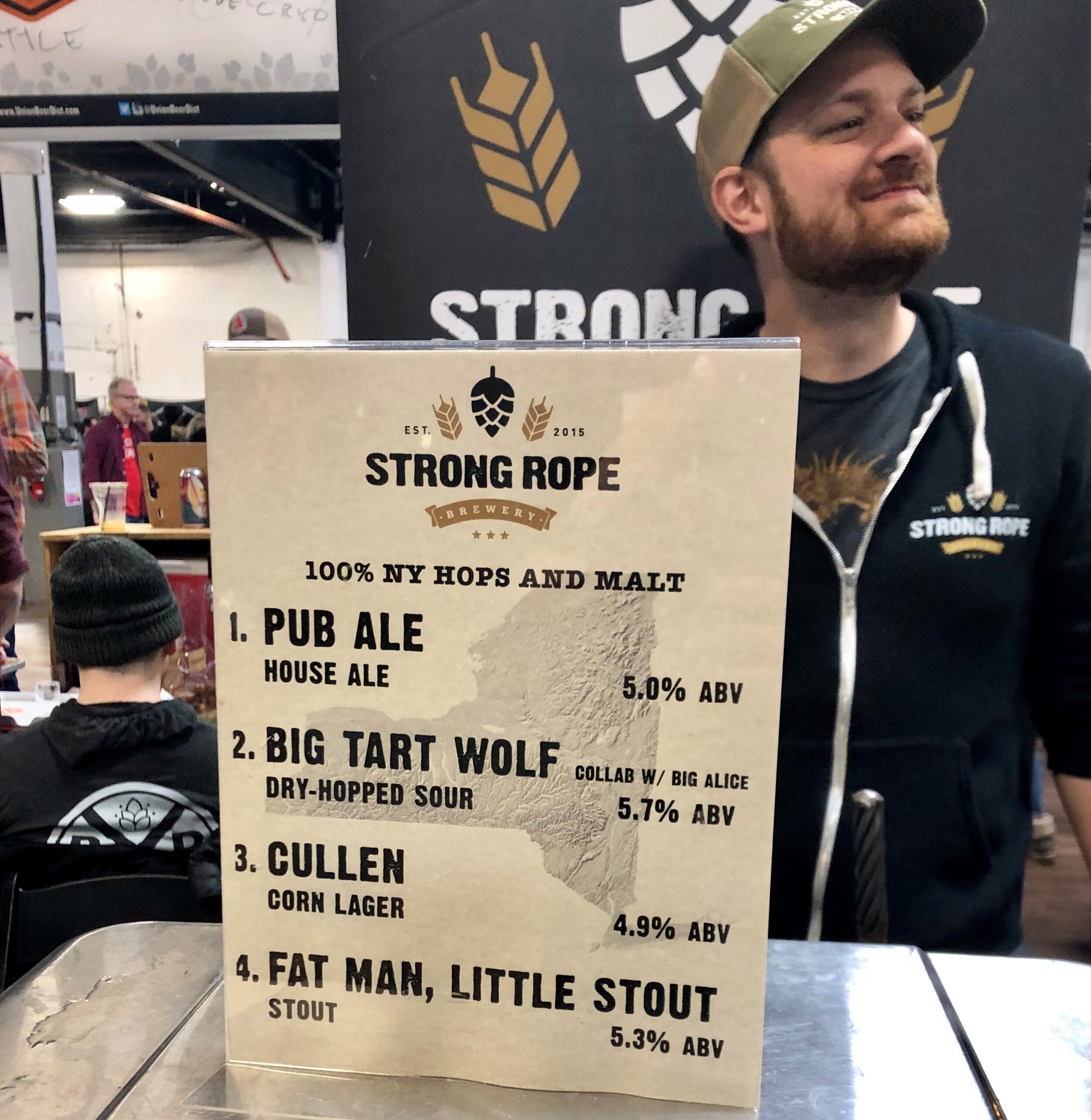Vienna Lager has seen a bit of interest in the last year or so. Notably, Andreas Krennmair wrote an excellent book dedicated to the style. Jeff Alworth blogged about it here, and in the August-September issue of Craft Beer and Brewing Magazine. I also discussed the revival of sorts in its homeland in this post.
Krennmair’s text succinctly laid out the case to debunk the old story about Vienna Lager rising in popularity in Mexico during Maximilian I’s reign as Emperor of the Second Mexican Empire from 1864 to 1867. Simply put, this was not possible because there was no way to make a bottom fermented beer in Mexico at that time in such a warm climate with no artificial refrigeration available.
After reading Krenmmair’s book, I wanted to have greater clarity of Vienna Lager’s story in Mexico, or its lack thereof. However, most of the readily accessible historic writing speaks broadly about beer, not particular styles. While some Mexican beers now use “Vienna” in their branding for Amber Lagers, it is unclear when this began. I have not seen a single reference to Vienna in any of the historic documents. Further research is needed. That said, here are some additional thoughts and reiterations.
———
Mexican lager brewing didn’t start until in the mid-1880s with brewers primarily from Germany and Switzerland, many of whom had trained in the United States. The growth at this time was due to the completion of a rail line between El Paso, Texas and Mexico City, providing access to grain and brewing equipment, including refrigeration. This kicked off a period of dramatic growth in domestic production.
Some of the literature about these early breweries is incorrect or misleading by confusing when a brewery opened, and when it began making lager. For example, it is true that Compania Cervecera Toluca y Mexico, makers of Victoria, began operations in 1865, but they were producing ales. It was not until two decades later that a new owner, Santiago Graf, began making lager.
This was also during an era of peace and prosperity in Mexico, particularly for allies of the dictator General Porfirio Díaz. Díaz was instrumental in the fight against Maximilian I. Accordingly, there’s a good chance he would not have fostered the success of breweries honoring an Austrian style beer. Maybe he wasn’t so petty. He had really fought against the French, not the Austrians, so who knows.
The USA’s Influence on Mexican Brewing
As noted above, many of the brewers for the original Mexican lager breweries had been trained north of the border. Prior to the domestic explosion in production, the bulk of beer being consumed was imported from the US, though some Germans and other Europeans that had settled in Mexico in the late 1800s were drinking imported beer from their homelands. Around this time, American lager brewers were primarily making their versions of Bohemian Pilsner, Munich Dunkel and Vienna Lager.
Most of these original Mexican breweries were importing barley and hops. The former from the US and Germany, and the latter primarily from Germany and Czechia.
It seems clear that Vienna Lager changed in the United States, and then made its way to Mexico as a different form of amber lager that included adjuncts, primarily rice, but also corn. Adjuncts were part of Mexican lager brewing in these early days, which is contrary to resources that indicate they came later.
Big Business
It must be understood that prior to this growth, Mexico had no significant beer brewing culture or history. Gauss and Beatty (1) note “when Mexico’s modern beer industry sprung up in the 1890s, it did not do so organically…Rather, it emerged due to major transitions in the global economy that coincided with a new era of political peace and economic growth in Mexico.” This is not to suggest that the breweries weren’t making quality products, just that their motive may have been more profit driven than craft and passion for beer.
And it was big business. Toluca, for example, invested $500,000 once Graf took over, and Compania Cerveceria de Chihuahua began in 1896 with $1M. Some were making 100,000 barrels per year. These massive new breweries were able to greatly reduce imports of American companies like Anheuser-Busch.
Vienna Lager versus Amber Lager
It seems quite likely that the overwhelming majority of beer brewed in North America called “Vienna Lager” was (and is) instead a Vienna-inspired beer. The primary commonalities between the original and New World versions would be that they were lager, and that they were amber in color. Beyond that, perhaps with the slight exception of hops, the beers differed.
There is no strong indication that Vienna malt in any significant amount was included in the grain bill for these historic beers in the US. And, there is no indication that it was used in Mexico at all. How can you have Vienna Lager without Vienna malt? Yeast and water profiles likely varied . Finally, adjuncts are certainly not traditional for this style.
Generally speaking, I believe the majority of these beers should not be called Vienna Lager. Amber Lager seems safer. This is reflected in the Beer Judge Certification Program (BJCP) style guidelines, which include a category called International Amber Lager. It essentially captures most of the beer sold as Vienna Lager. Dos Equis Amber, for example, is identified as a beer that fits within this category.
Mexican Craft Breweries Today
Unlike the original lager breweries in Mexico, there are newer breweries looking to Old World brewing traditions. One of the first was a small restaurant/brewery chain called Beer Factory, which opened in late 1990s. Beer Factory makes a Vienna called Santa Fe, and they follow the Reinheitsgebot by not using “adjuntos”. Cerveza Minerva is doing the same.
———
Though the increased appreciation of lager in the last few years here in the United States has leaned on the pale side, there does seem to be a growing interest in darker styles. As I noted in my last post on Vienna Lager, the 2015 BJCP style guidelines state it’s on a watch list for potential movement to the Historical category. Since 2015, and since my last post, the beer has put up a small fight here in the US, in Austria, and in Mexico. It might be sticking around a little bit longer.
1 Gauss, Susan M. & Beatty, Edward (2014). The World’s Beer: The Historical Geography of Brewing in Mexico in The Geography of Beer: Regions, Environment, and Societies, Patterson, Mark & Hoalst-Pullen, Nancy (eds).
































![IMG_0291[4762].jpg](https://images.squarespace-cdn.com/content/v1/5bad02bf16b6400df7290367/1583089622625-4LF4IBT8BRX42L2Z3L03/IMG_0291%5B4762%5D.jpg)